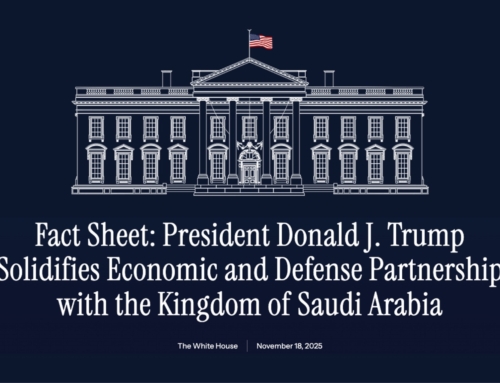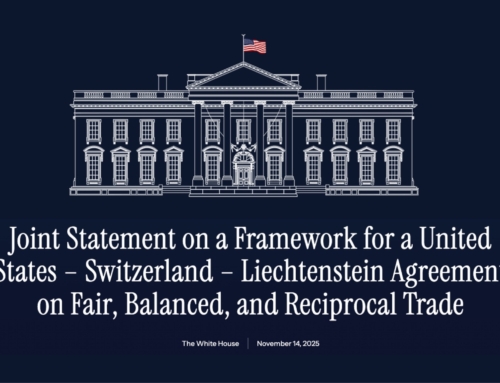As the new administration takes office, one of the most closely watched areas of economic policy is the potential shift in trade strategies—particularly when it comes to tariffs and free trade agreements. With the global economy still navigating the after-effects of the pandemic, supply chain challenges, and evolving geopolitical tensions, the President-Elect’s proposed tariff changes could have far-reaching impacts on American businesses and consumers. Whether you’re a business owner, consumer, or trade policy enthusiast, understanding these potential shifts will be crucial in the coming months.
Tariffs have long been a central tool in the toolkit of economic policy, used by governments to influence trade, protect domestic industries, and generate revenue. In recent years, however, tariffs have become more than just trade regulation—they have become a powerful political and economic lever.
There are currently a lot of theories about if, when, and how tariffs will get rolled out, and anything prior to January 20th, 2025, will be entirely speculation.
There are legal limits to Presidential authority to unilaterally modify tariffs, as the U.S. Constitution assigns Congress the power to levy tariffs. However, the Executive Branch does have the authority to modify tariffs under the International Emergency Economic Powers Act, Section 301, 232, 201 and 338 without Congressional approval. The President has the authority to modify these tariffs for reasons such as national security, unfair or discriminatory trade practices, or a national emergency.
WILL THERE BE AN ACROSS-THE-BOARD TARIFF?
There has been speculation of flat, across-the-board tariff on all imports of 10%-20% from all countries where there isn’t currently a bilateral Free Trade Agreement in place.
WHAT COULD HAPPEN WITH SECTION 301?
Today, Section 301 punitive tariffs cover only some products imported from China. What’s being considered is a modification to not only include all products from China, but also increase Section 301 tariffs to 60-100%, on top of the ad valorem duty rate, with certain products facing higher tariffs, just like it is today under Section 301. There will likely still be a Section 301 tariff exclusion process. Also important to know for the e-commerce industry, de minimis provisions for China imports are also on the chopping block.
ANY CONSIDERATIONS WITH MEXICO?
There have been rumors that the United States will implement a tariff on imports from Mexico and a potential higher degree for compliance with substantial transformation rules to qualify for USMCA duty-free entry. This could be seen as a negotiation strategy for USMCA, which is up for a joint review in 2026 under Article 34.7 of the USMCA. The 2026 joint review is also the beginning of the 10-year expiration clock of the Free Trade Agreement in general. The United States will conduct an internal policy review in 2025 to develop its strategy ahead of the re-negotiation in 2026. The full scope of the plan has not yet been determined, but there are discussions in Washington that include modifications to the automotive industry rules of origin, strengthened forced labor import prohibitions, new restrictions on Chinese companies in North America, and resolutions to ongoing USMCA implementation disputes. To prevent expiration of USMCA in 2036, The United States, Canada, and Mexico must submit notifications at or after the 2026 review approving the renewal of the USMCA for another 16-year term. For the United States, the Administration will likely withhold United States approval as a renegotiation strategy of commitments through the joint review.
ANY OTHER FREE TRADE AGREEMENTS CONSIDERATIONS?
Current information is that bilateral trade agreements currently in place will remain, outside of USMCA being reviewed. The Generalized System of Preferences is also likely to be reviewed for potential reinstatement.
WHAT ARE SOME OF THE POTENTIAL IMPACTS TO GLOBAL TRADE?
If there are tariffs imposed in the United States, countries globally may implement retaliatory tariffs, possible export restrictions to the United States, and a decrease in American exports. This was evident in recent trade disputes with the United States and China, where both countries imposed tariffs on hundreds of billions of dollars’ worth of goods. Similarly, the European Union and other countries have historically used retaliatory tariffs to counter U.S. trade policy.
Due to the uncertainty, we are seeing companies ordering more inventory to get ahead of potential tariffs, which could lead to capacity constraints, higher rates, and other supply chain disruptions.
Stay up-to-date on freight news with Green’s Weekly Freight Market Update by following us on LinkedIn. For continuous updates, make sure to check out our website at greenworldwide.com.






